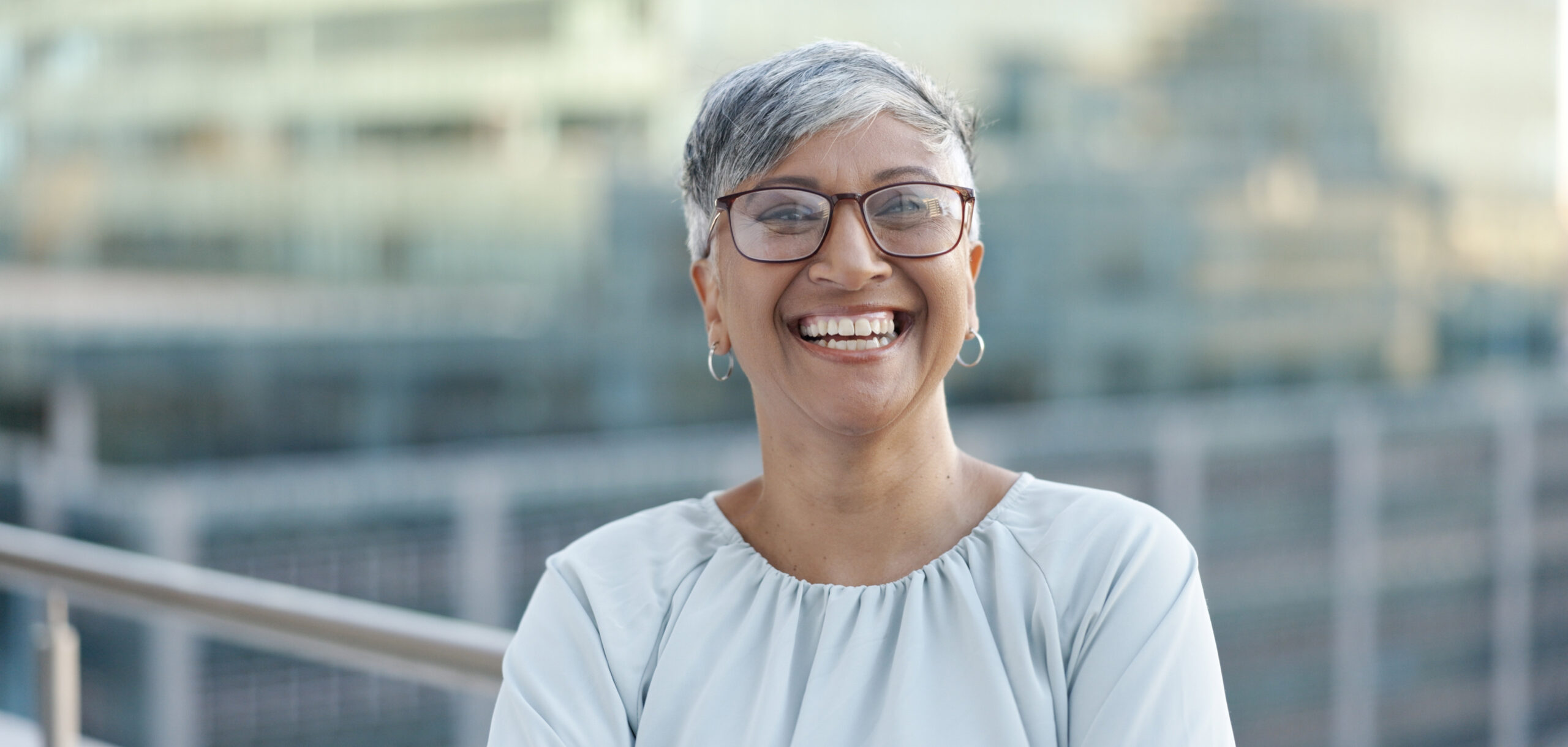Leaders and Organizations MUST Have the Ability to Adapt – But How to Do It?
Leaders and organizations need the ability to change and adapt, particularly in terms of the external forces (think organizational restructuring, downsizing, mergers, supply chain disruptions, cyber-attacks, economic uncertainty).
For change to take hold, an organization must effectively transform at the individual, team and organizational level.
At the organization level there must be a clear awareness of what the current state is and what the desired future state will be. Actions must then be planned and implemented to close the gap between current and future states. The change plan at the organizational level will be multifaceted and may include changes in the organization strategy, organization structure, processes and culture.
Ultimately there will likely need to be changes in the capabilities of the organization, both at the team and individual level.
Organizations need to clarify the capabilities required in the future state, then help individuals and teams make the needed capability transformation. Just as at the organization level, it’s critical for individuals to have a clear awareness of their current capabilities and a plan to build these new capabilities.
Leaders are essential to the capability agenda and must model the new behaviors for others. According to research by McKinsey, when senior leaders role model the behavior changes they are asking employees to make, transformations are 5.3 times more likely to be successful.
Often the biggest capability gaps needed for transformation are behavioral and we all know making behavior change is hard. Behavior change takes place in a cycle of awareness, motivation, practice, feedback reinforcement and accountability.

This is where we have seen coaching make a difference and ignite positive change.
Coaches are there to help leaders gain self-awareness and create the plan forward. They discuss the changes needed in the context of real work and provide a safe place for practicing new behaviors. Coaches hold the leaders accountable for their actions and provide the feedback and reinforcement needed to see the behavior change through.
How many times have you seen behavior change efforts start out strong, even with excitement, only to have the change become stalled or discarded as time passes?
It’s worth saying again: behavior change is hard and most people need support to make the behaviors stick. Given the importance of leaders modeling new behaviors it only makes sense to provide them with the support they need to reach the capability future state.
Coaches can come from inside the organization or outside the organization, as long as they have the ability and bandwidth to take the leaders through the cycle of behavior change, which is often over the course of several months.
External coaches do bring a level of perspective and “safety” to their leaders that they can’t necessarily get from an internal coach. Leaders are often more comfortable being vulnerable with an external coach and role playing scenarios.

Consider these questions:
- What behaviors do we need to create and support?
- Will you use internal or external coaches?
- Which group of your Leaders do you want to start with?
- How will you measure the success of the program?
Interested to learn more?
Contact us at: sales@coachingrightnow.com – we look forward to helping!





